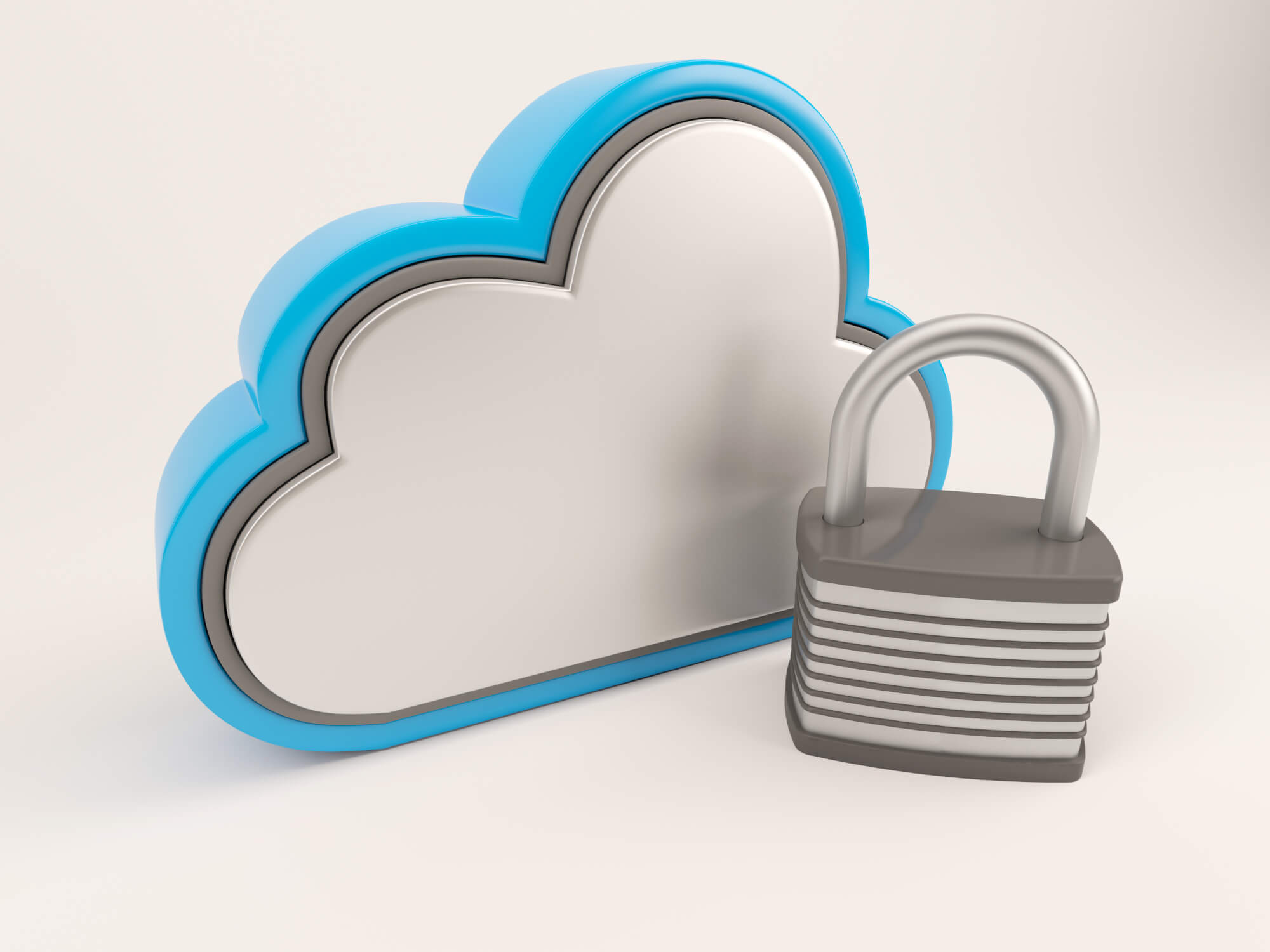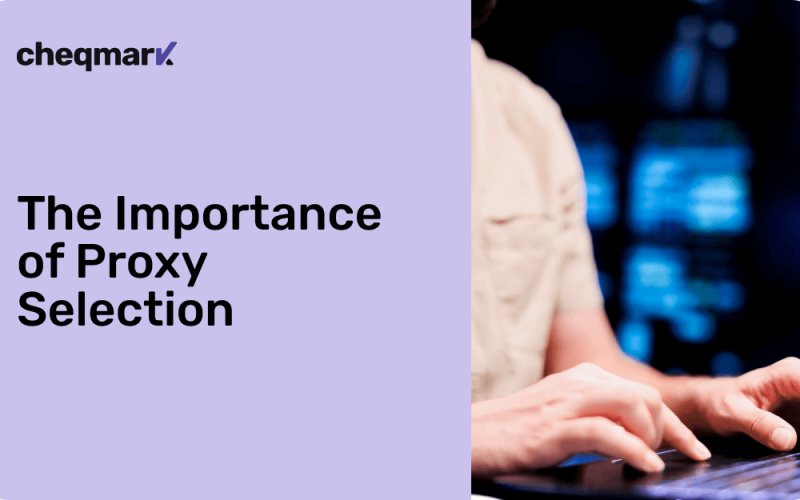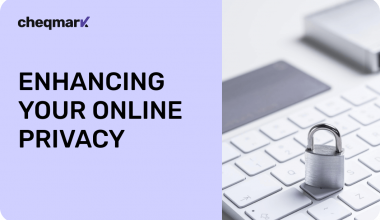Enterprise data collection is built on precision, efficiency, and reliability. Yet, one crucial factor often overlooked in web scraping success is proxy infrastructure. Choosing the wrong proxy solution doesn’t just lead to inefficiencies—it impacts the accuracy of your data, increases operational costs, and raises the risk of detection.
Poor-quality proxies can cause failure rates to exceed 30%, resulting in wasted resources and unreliable datasets. If your scraping efforts aren’t yielding clean, complete data, your proxy setup could be the culprit. Let’s explore the hidden costs of poor proxy selection and how to optimize performance.
The Real Cost of Failed Requests
Failed requests are more than just an inconvenience—they’re a significant financial drain. Consider these industry findings:
- Datacenter proxies: Failure rates range between 20-35% on high-security websites.
- Cheap residential proxies: Up to 50% failure rates due to oversaturation and poor IP rotation.
- Premium residential proxies: Failure rates drop below 10%, ensuring data consistency and reliability.

The financial impact of failed requests is substantial. Imagine processing 1 million requests per month with a 30% failure rate. That’s 300,000 wasted attempts. With an average request cost of $0.002, your business loses $600 per month—not including additional compute costs and manual intervention to clean incomplete datasets.
Key Quality Metrics for Proxy Selection
Not all proxies are created equal. When evaluating proxy providers, focus on measurable performance indicators:
- Success Rate: The percentage of valid responses. High-quality residential proxies maintain 90%+ success rates.
- Throughput: The number of successful requests per minute. Residential proxies handle 500-2,000 requests per minute, while datacenter proxies can scale up to 10,000+, but with higher detection risks.
- Detection Rates: Premium residential proxies have a less than 5% detection rate, whereas datacenter proxies often get blocked within 100-500 requests.
Choosing the right proxy infrastructure ensures smoother operations, fewer bans, and more accurate datasets.
Optimizing Your Proxy Setup for Success
A robust proxy strategy isn’t just about picking the best provider—it’s about implementing smart optimization techniques. Here’s how:
1. Understand What a Residential Proxy Is (and Why It Matters)
A robust proxy setup requires understanding what is a residential proxy and why it matters. Unlike datacenter proxies, which are easily flagged due to non-residential IP blocks, residential proxies use legitimate ISP-assigned IPs, making them harder to detect.
2. Implement Smart IP Rotation & Diversity
A well-rotated proxy pool prevents pattern recognition by target sites. Intelligent IP cycling ensures a continuous flow of unique, clean requests.
3. Leverage Geotargeting for Regional Access
Geo-specific residential proxies allow enterprises to bypass content restrictions and collect location-specific data with greater accuracy.

4. Maintain Session Persistence for Long-Term Scraping
Certain scraping tasks, like tracking user behavior, require stable sessions. Premium proxies provide session persistence, reducing CAPTCHAs and authentication challenges.
Measuring Success: A Proxy Performance Comparison
Here’s how different proxy types stack up:
| Metric | Cheap Residential Proxies | Premium Residential Proxies | Datacenter Proxies |
| Success Rate | 50-70% | 90-95% | 65-85% |
| Request Throughput | 500-1,000/min | 1,000-2,000/min | 5,000-10,000/min |
| Detection Rate | 15-30% | <5% | 25-50% |
| Cost per Million Requests | $300-$500 | $800-$1,500 | $100-$400 |
Investing in higher-quality proxies can cut reattempt costs by up to 50%, leading to faster data acquisition and more accurate datasets.
Practical Steps to Improve Scraping Efficiency
To ensure seamless enterprise data collection, follow these best practices:
- Assess Data Needs: Choose proxies based on the security measures of your target websites.
- Test Multiple Providers: Conduct A/B testing to compare performance and reliability.
- Monitor & Adjust: Use tools like Scrapy or Puppeteer to track failure rates and optimize configurations.
- Utilize AI-Driven Proxy Managers: Automate IP rotation and session persistence for higher efficiency.
The Bottom Line
Proxy selection isn’t just about avoiding bans—it directly impacts data accuracy, operational costs, and business decisions. Poor proxy choices lead to financial losses, unreliable datasets, and compliance risks.
Enterprises that invest in high-quality proxies gain a competitive edge in scalable data collection. The cost of poor proxy selection extends beyond the financial—it affects the entire foundation of your data-driven strategy.


